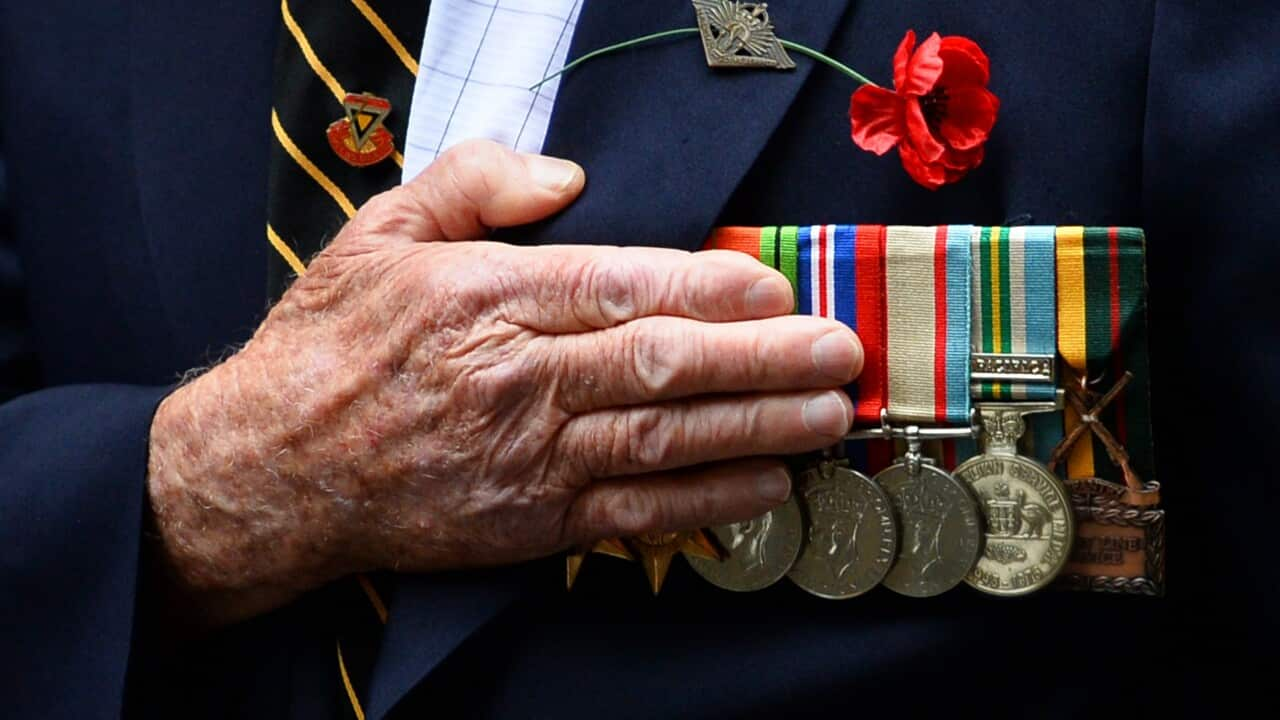Public venues play an important role for queer communities around the world. For decades, bars have been an important meeting place, while it is at where much of modern drag culture has been developed. Despite talk of their demise, and remain valuable places for gay men in particular to explore their sexualities. Attacks on queer venues .
While it is easy to think of queer venues as being a recent invention, they actually have a very long history. In fact, the first queer venues can be dated back at least to the early 1700s, when ‘Molly Houses’ sprouted up across London.
London after being decimated in the 1600s both by the plague and the Great London Fire of 1666. As the new century dawned, England was on the verge of the industrial revolution, and people were flooding to the capital in search of new opportunities.
The boom in London’s population brought about a lot of change—people who were once isolated in rural communities, and who were reliant on their families for economic and marital bonds, . The density of the city resulted in an increasing density of queer folks, . The streets of London in turn became cruising grounds, where men who started to call themselves ‘mollies’ picked up other men for sex.
The term ‘molly’ came from numerous sources. Originating ’, it was associated both with lower-class girls and women, and sometimes sex workers, before becoming a derogatory slang term of sorts used to identify gay men.
As London continued to grow, — public toilets, major thoroughfares and open fields and parks, with these places becoming known as ‘molly markets’. Then, in the early 1700s, a range of ‘Molly Houses’ sprouted up across the city. taverns, public houses, or coffee rooms, where men could meet to either socialise or to have sex.
The arrival of these houses was an important historical moment, in that they were not just places for men to have sex, but also venues that created a consciously queer culture. As historian Rick Norton notes, “were frequented by sodomites who possessed a collective socio-cultural identity and not just a sexual identity.”
Molly Houses became places for men to engage in a range of what we may now consider queer cultural practices.
"There are descriptions from 18th-century sources of elaborate transvestitism, mock male marriages, and even mock births, in which a molly would deliver a wooden doll that was then baptized. In the molly-house there would typically be a good deal of what we now call 'camping'.”
These were places both to have sex, but also , and to live out familial and sexual fantasies that were not available to the community ().
This scene can be best viewed through the biggest and best known of the Molly Houses, . Popular during the 1720s, Margaret Clap’s Molly House was probably the largest of its time, commonly housing 30 to 50 patrons at any one point. The house featured “was large enough to accommodate dancing and fiddling”, while beds were provided in all other rooms for men to retreat to. The house also had a large room sometimes referred to the ‘The Marrying Room’ or ‘The Chapel’, in which men could have mock weddings, and then celebrate on a large double bed afterwards.
Mother Clap’s Molly House was eventually raided and dismantled in 1726, following the spying of an informant who frequented the venue. During the trial, one of the informants, Samuel Stevens, :
“I found between 40 and 50 men making love to one another, as they called it. Sometimes they would sit in one another's laps, kissing in lewd manner and using their hands indecently. Then they would get up, dance and make curtsies, and mimic the voices of women ... Then they would hug, and play, and toy, and go out by couples into another room on the same floor to be married, as they called it.”
Margaret Clap and about 12 of her customers were put into the pillory, fined, and imprisoned for up to two years. Three of those caught in the raid, Gabriel Lawrence, William Griffin and Thomas Wright, , while it is thought that Mother Clap .
Raids like this were common throughout the 1720s, and by the mid 1730s, much of the culture had been completely shut down. However, as London continued to grow in the later half of the Century , catering for a new population of men who were flooding in to the city.
Eventually, Molly Houses were replaced by new forms of sexual and gender expression in the 1800’s, but their impact as potentially the first ever venues where queer people could meet, socialise, and have sex remains important to this day.



